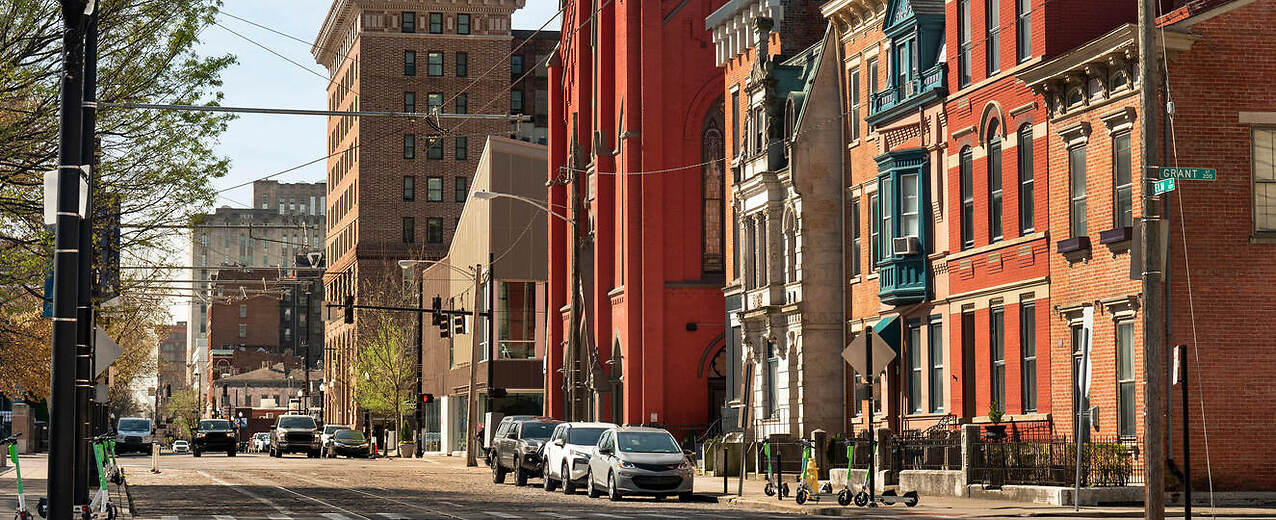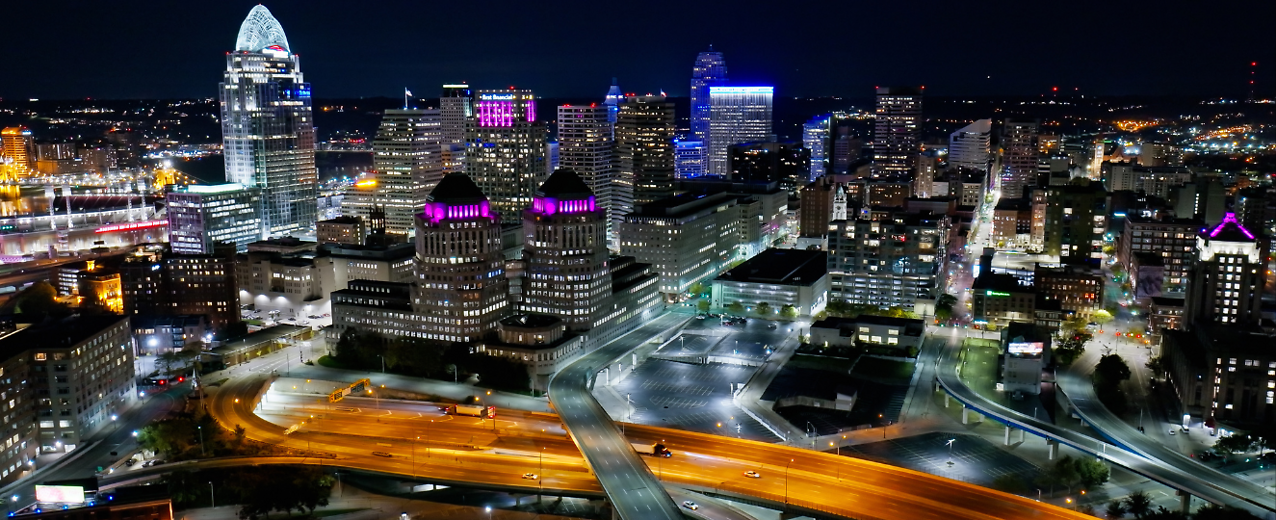After “decades of disinvestment,” downtown Columbus has seen a surge of development thanks to a plan that “emphasized three unexpected ingredients: more grass, less water and targeted taxpayer spending,” The New York Times reports. In 2009, local lawmakers convinced the city’s residents to approve an increase in city income tax from 2 percent to 2.5 percent. Revenue from the increase “enabled Columbus to begin investing in its reconstruction plan,” according to the article. That plan included replacing the aging and flagging City Center shopping mall with the $25 million Columbus Commons and creating the $44 million Scioto Mile on the eastern shore of the Scioto River. The city then removed the Main Street Dam and created “the $36 million Scioto Greenways park” on “33 acres of once-submerged shoreline.” While the city’s strategy of using taxpayer money to seed anticipated private development “defied the tactics of low taxes and public spending austerity that gripped Ohio’s state lawmakers through and since the recession,” the gamble paid off. City officials say developers have privately financed “nearly $350 million in new and renovated market-rate buildings that house thousands of downtown residents, and helped generate 1,000 jobs.” For more, read the full article.
Columbus’s unusual approach has lured development to transform downtown




